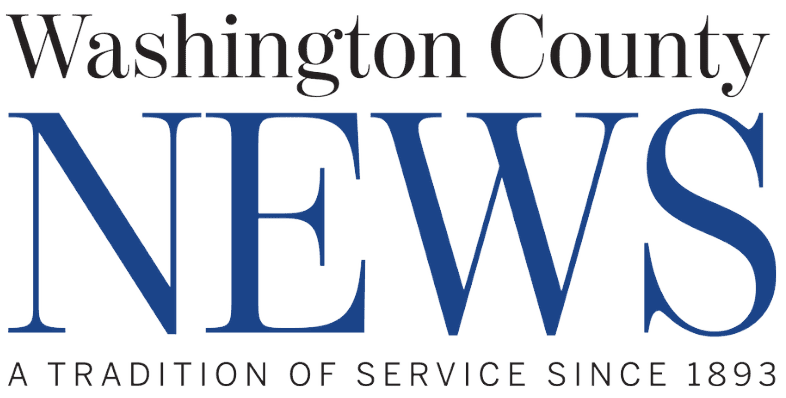TALLAHASSEE- Dan Daniels, a physician assistant in Brevard County, can tell you firsthand it’s a good thing chronic wasting disease hasn’t been detected in Florida. Daniels bowhunts for deer and elk in Colorado, where the first occurrence of CWD in North America was reported in 1967. Today, CWD has been detected in 26 states and three Canadian provinces and is one of the most serious diseases facing state wildlife agencies. This infectious disease of the brain and central nervous system is always fatal for members of the deer family and there’s no known cure or effective vaccine. Currently, there is no scientific evidence that CWD can be transmitted to humans. Once CWD has been detected in a state or area, it’s a game changer for hunters. In addition to the need to reduce the deer population where CWD has been found, regulations can affect what hunters may legally harvest and how they dispose of the carcass. Another requirement to consider is mandatory testing of harvested deer for CWD.
In Colorado, early efforts to combat CWD were aimed at eradicating the disease. However, they learned once CWD is established, it’s almost impossible to eliminate. Today, Colorado’s goal is to keep CWD prevalence, the proportion of sampled animals infected by the disease, at low levels (infection rates less than 5%). The Colorado Parks and Wildlife agency and hunters have worked hard, and millions of dollars have been spent to control the spread of CWD. They have made progress toward their goal using research, systematic testing and herd management plus adapting their strategies in response to prevalence rates. However, efforts to manage for lower prevalence rates of CWD have resulted in many changes for hunters.
While the presence of CWD hasn’t deterred Daniels from hunting in Colorado, he acknowledges it’s a factor when deciding where to hunt in that state.
“CWD adds a layer of complexity to hunting because there are more regulations and they can change in response to disease management,” Daniels said. “For example, testing harvested deer for CWD is mandatory in many Colorado game management units and voluntary in others. That can change if CWD is detected in a new area, so you have to stay on top of it.”
Daniels and other hunters also must keep up with a myriad of other hunting regulations that may be needed to reduce an area’s deer population and density or change the buck-to-doe ratio or the age class of bucks based on the herd management tactic being used.
In states where CWD hasn’t been detected, wildlife professionals and hunters are dedicated to keeping it that way. Most states closely regulate the importation of deer, elk, moose and caribou carcasses because transporting infected carcasses is a known risk for introducing CWD to new areas. To reduce the risk of CWD spreading into Florida, the Florida Fish and Wildlife Conservation Commission (FWC) is proposing a draft rule amendment that, if passed, would prohibit importing or possessing carcasses or certain carcass parts from all members of the deer family originating outside of Florida. The FWC invites you to share your thoughts about that via an online commenting tool.
“I’m in support of this draft rule because it’s the only viable tool we have to control the spread of CWD into Florida,” Daniels said.
Currently, Executive Order 19-41 prohibits importing or possessing carcasses or certain carcass parts from all members of the deer family originating outside of Florida with exceptions. Learn more about current requirements for importing harvested deer into Florida.
Another important way to prevent CWD from entering Florida is by properly disposing of deer carcasses. Why is that necessary? In addition to direct animal-to-animal contact, CWD also can be transmitted indirectly. Prions, which are abnormal, misfolded proteins that cause CWD, can persist in the environment and remain infectious for years. Deer can become infected by consuming prions (when eating low growing plants) from soil contaminated by decomposed tissues of a CWD-infected animal carcass. Feces, urine, saliva and other bodily fluids from CWD-infected deer also can contaminate the soil. The FWC provides approved deer carcass disposal options, which could become mandatory if CWD were detected here. The FWC also provides a document outlining precautions when hunting in states where CWD has been detected.
Benjamin Franklin once said “An ounce of prevention is worth a pound of cure,” and that axiom holds true for CWD. The FWC has actively worked to prevent CWD’s spread into Florida for many years. In 2005, the FWC prohibited importing or possessing carcasses or certain carcass parts from all members of the deer family originating in states where CWD has been detected. In addition, importing live deer, elk, moose, caribou and other members of the deer family into Florida from any state was prohibited in 2013. We also have a robust CWD monitoring program, testing over 14,000 hunter-killed, road-killed, and sick or diseased deer since 2002. Hunters have been and continue to be an important part of that effort, and we thank you for your commitment to protecting Florida’s deer population. We hope you’ll continue to support the FWC’s CWD testing efforts by donating heads from deer harvested in Florida. You may remove and keep the skull cap and antlers. To donate, call the CWD hotline at 866-293-9282. In addition, if you harvest a sick or extremely skinny deer, avoid handling it and call the CWD hotline at 866-293-9282.
This article originally appeared on Washington County News: Why we need to unite against chronic wasting disease and prevent it from entering Florida

